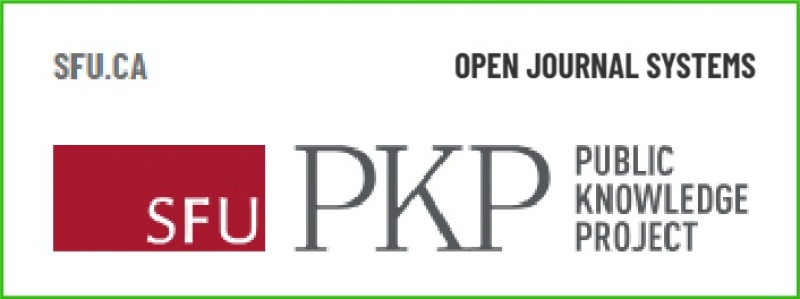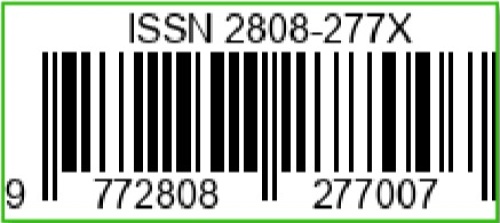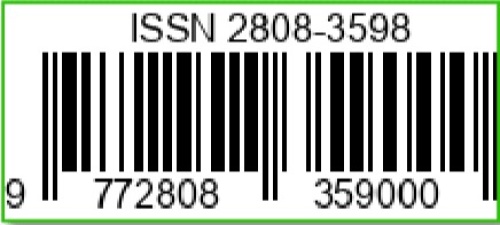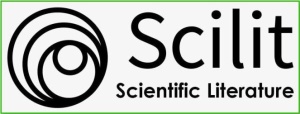Pengaruh Kombinasi Ekstrak Daun Singkong dan Singkil terhadap Serangan Hama Kangkung Darat
DOI:
https://doi.org/10.36312/biocaster.v5i3.483Keywords:
Pest Attack Intensity, Land Spinach, Manihot esculenta, Botanical PesticidesAbstract
This study aims to test the effectiveness of the combination of cassava leaf extract Adira 1 (Manihot esculenta Crantz) and singkil leaves (Premna pubescens Blume) as a botanical pesticide against the intensity of insect pest attacks on land spinach (Ipomoea reptans Poir). The study was conducted from March to April 2025 in Girimukti Village, Penajam District, Penajam Paser Utara Regency. This study used an experimental method with a one-factor Completely Randomized Design (CRD) consisting of five concentration treatment levels (0%, 20%, 35%, 50%, and 65%), each repeated five times, so that there were 25 experimental units. The parameters observed were the level of leaf damage due to pest attacks which were measured weekly. Data were analyzed using one-way Analysis of Variance (ANOVA), and continued with the Least Significant Difference (LSD) test at a significance level of 5%. The results of the analysis showed that the extract concentration treatment had a significant effect on reducing the intensity of pest attacks. Treatment with a concentration of 65% showed the highest effectiveness in reducing leaf damage due to pest attacks compared to other treatments. The conclusion of this study is that the combination of cassava leaf extract and singkil leaf has the potential to be an effective botanical pesticide and can be an alternative to chemical pesticides in sustainable agricultural systems.
Downloads
References
Akmalina, R., Lukita, M., Khotimah, K., Handini, H., & Rismawati, R. (2023). Daun Pepaya (Carica papaya) dan Serai (Cymbopogon citratus) sebagai Pestisida Nabati Belalang Kayu (Valanga nigricornis). Jurnal Ilmiah Teknik Kimia, 7(2), 56-63. https://doi.org/10.32493/jitk.v7i2.27865
Aulia, D. L., Yuza, F. B., Qisti, H. Z., Muthmainnah, M., Akbar, R., Pratama, A. J., Nurulhaq, M. I., Dharmawan, L., Budiarto, T., Situmeang, W. H., Dewi, R. K., & Wiraguna, E. (2023). Penyuluhan Pembuatan Pestisida Nabati kepada Kelompok Wanita Tani Sekar Asri di Desa Ciherang. JCare : Jurnal Resolusi Konflik, CSR, dan Pemberdayaan, 9(2), 17-24.
Chowdhury, K. S., Banerjee, M., Basnett, D., & Mazumdar, T. (2023). Natural Pesticides for Pest Control in Agricultural Crops: An Alternative and Eco-Friendly Method. Plant Science Today, 11(1), 1-18. https://doi.org/10.14719/pst.2547
Fayza, N. H., Aprida, A., Areniska, S., Fajar, F., Rusjdy, R., & Sjakyakirti, A. (2022). Budidaya Penanaman Kangkung Darat dengan Memanfaatkan Pekarangan Rumah. In Seminar Nasional Pengabdian Masyarakat LPPM UMJ (pp. 1-5). Jakarta, Indonesia: Program Studi Ilmu Hukum, Fakultas Hukum, Universitas Muhammadiyah Jakarta.
Harahap, N. I., Sari, R. P., & Harnis, Z. E. (2023). Pengenalan Profesi Apoteker dan Pemanfaatan Daun Singkong sebagai Anti Nyamuk di SMK Al-Washliyah 3 Medan. Jurnal Pengabdian Masyarakat Putri Hijau, 3(1), 43-46. https://doi.org/10.36656/jpmph.v3i1.1150
Hasanah, U., Nofisulastri, N., & Safnowandi, S. (2020). Inventarisasi Serangga Tanah di Taman Wisata Alam Gunung Tunak Kabupaten Lombok Tengah. Bioscientist : Jurnal Ilmiah Biologi, 8(1), 126-135. https://doi.org/10.33394/bioscientist.v8i1.2560
Iftita, F. A. (2016). Uji Efektivitas Rendaman Daun Singkong (Manihot utilissima) sebagai Insektisida terhadap Nyamuk Aedes aegypti dengan Metode Elektrik Cair. Jurnal Kesehatan Masyarakat, 4(2), 20-28. https://doi.org/10.14710/jkm.v4i2.11922
Mayani, N., Kurniawan, T., & Marlina, M. (2015). Pertumbuhan Tanaman Kangkung Darat (Ipomea reptans Poir) Akibat Perbedaan Dosis Kompos Jerami Dekomposisi Mol Keong Mas. Jurnal Ilmiah Sains dan Teknologi, 15(13), 59-63.
Nanda, C. V., Sari, V. K., & Khozin, M. N. (2022). Respon Pertumbuhan Tanaman Kangkung (Ipomoea reptans Poir) pada Berbagai Dosis Pupuk NPK. Jurnal Ilmiah Agribios, 20(2), 295-303. https://doi.org/10.36841/agribios.v20i2.1943
Patala, R., Rawambaku, R. Z. P., & Magfirah, M. (2022). Analisis Metabolit Sekunder dan Aktivitas Antioksidan Ekstrak Etanol Daun Buas-buas dengan Metode Spektrofotometri UV-Vis. Farmakologika : Jurnal Farmasi, 19(2), 167-179. https://doi.org/10.56730/farmakologika.v19i2.486
Saputri, A. A., Damayanti, F., & Yulistiana, Y. (2023). Potensi Ekstrak Daun Pepaya sebagai Biofertilizer dan Biopestisida Hama Ulat Grayak pada Tanaman Kangkung Darat. EduBiologia : Biological Science and Education Journal, 3(1), 25-32. https://doi.org/10.30998/edubiologia.v3i1.15796
Sari, A. N. (2018). Efektivitas Daun Kemangi (Ocimum sanctum L.) sebagai Ovisida terhadap Nyamuk Aedes aegypti (sebagai Bahan Penuntun Praktikum Biologi Materi Pencemaran Lingkungan pada Peserta Didik SMA Kelas X Semester Genap). Skripsi. Universitas Islam Negeri Raden Intan Lampung.
Tasik, R. R. F. (2023). Pengaruh Ekstrak Daun Singkong (Manihot esculata) terhadap Intensitas Serangan Serangga Hama pada Tanaman Bayam Hijau (Amaranthus tricolor L) (sebagai Penunjang Mata Pelajaran Biologi Kelas XII). Skripsi. Universitas Mulawarman.
Zahroh, A. U., Wahyuni, D., & Iqbal, M. (2022). Toksisitas Ekstrak Terpurifikasi Daun Buas-buas (Premna serratifolia L.) terhadap Mortalitas Larva Nyamuk Culex sp. Saintifika : Jurnal Ilmu Pendidikan MIPA dan MIPA, 24(1), 11-23. https://doi.org/10.19184/saintifika.v24i1.26710
Downloads
Published
How to Cite
Issue
Section
License
Copyright (c) 2025 Selvia Teodora Br Ginting, Sonja V. T. Lumowa, Masitah, & Suparno Putera Makkadafi

This work is licensed under a Creative Commons Attribution-ShareAlike 4.0 International License.
-
Attribution — You must give appropriate credit, provide a link to the license, and indicate if changes were made. You may do so in any reasonable manner, but not in any way that suggests the licensor endorses you or your use.
-
ShareAlike — If you remix, transform, or build upon the material, you must distribute your contributions under the same license as the original.











































